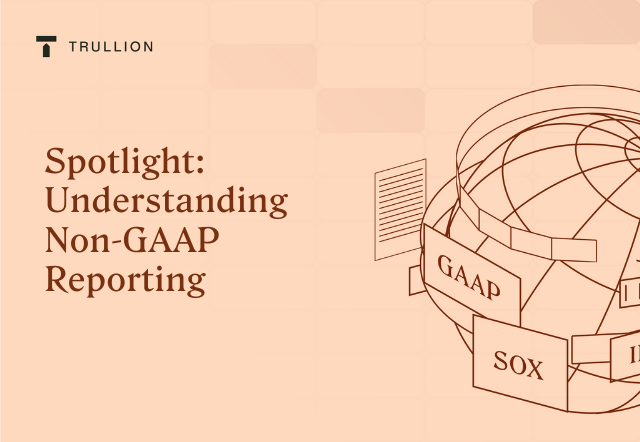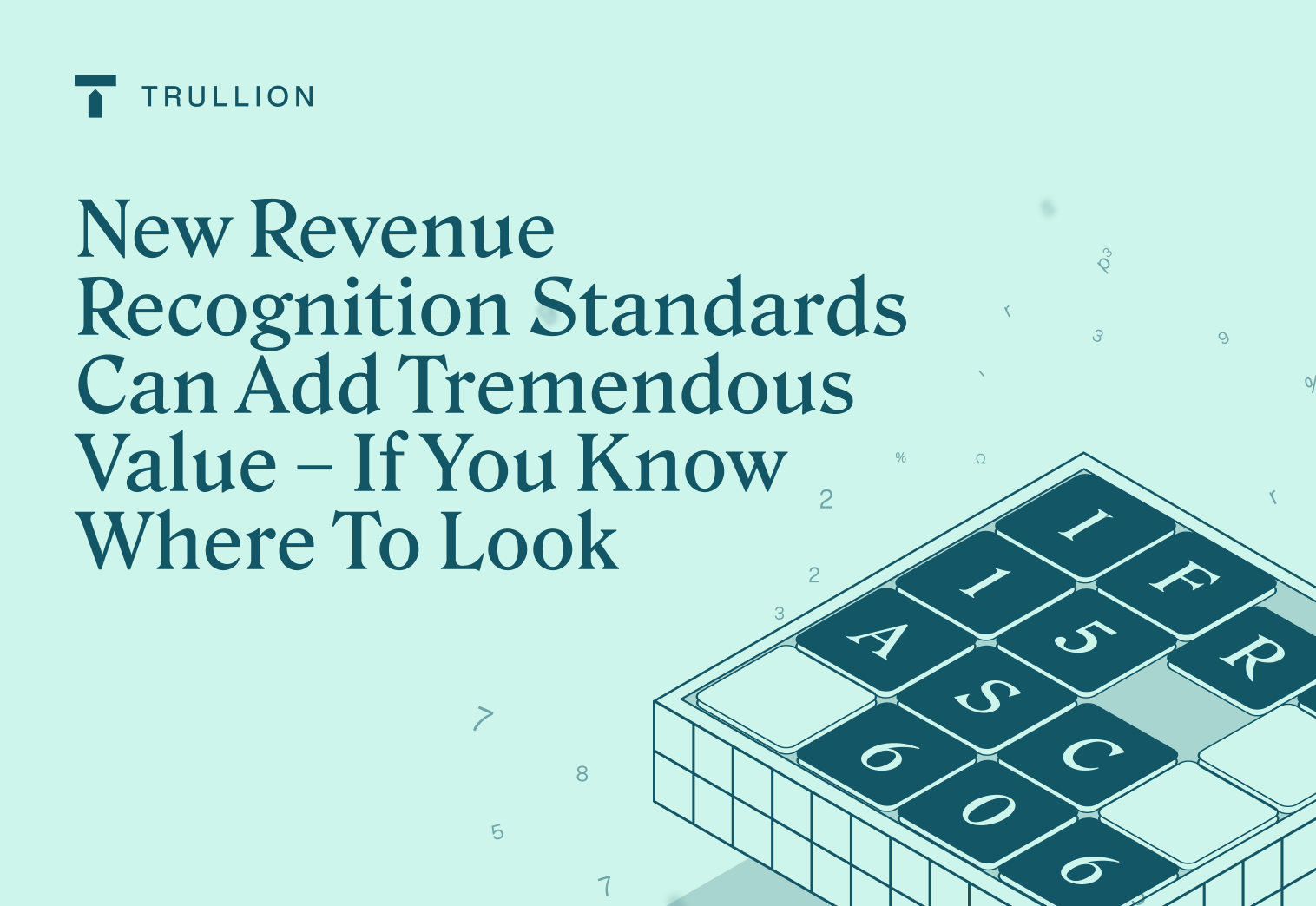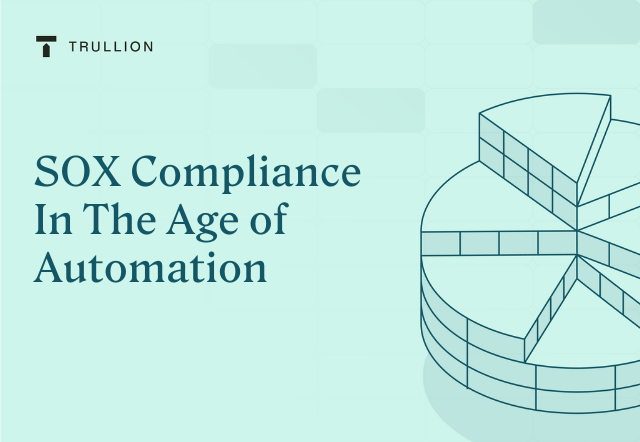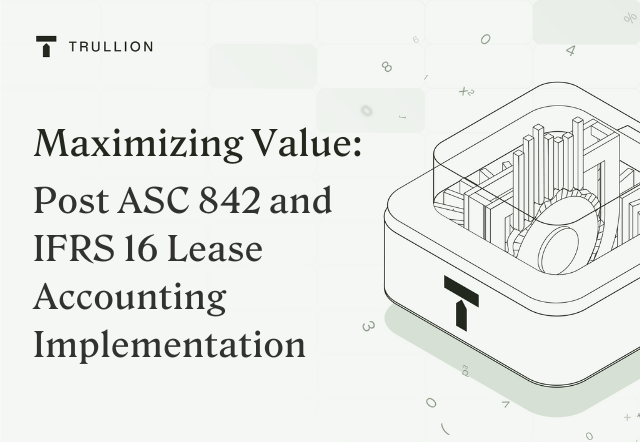Non-GAAP Reporting: Useful Tool or Misleading Measure?
“Community adjusted EBITDA.” If you’ve never heard of this metric, you’re not alone. This is one of the non-GAAP metrics that WeWork infamously created and reported leading up to its failed IPO. And they’re not alone – an estimated 97% of public companies publish non-GAAP measures such as adjusted EBITDA (Earnings Before Interest, Taxes, Depreciation, and Amortization), along with other organization-specific metrics.
These and other similar non-GAAP measures (Groupon tried “adjusted consolidated segment operating income”), have been in the spotlight of late owing to their growing prevalence and the SEC’s drive to regulate this practice. The same concept applies of course to non-IFRS reporting.
So: is non-GAAP reporting a good thing, in that it adds information that could be valuable to investors – or an approach that needs to be stamped out because it’s used misleadingly to present corporate results?
A non-GAAP reporting primer
Non-GAAP reporting, also known as non-GAAP financial measures or non-GAAP disclosures, refers to the presentation of financial information by a company that goes beyond Generally Accepted Accounting Principles (GAAP).
GAAP are a set of standardized accounting rules and principles that companies in the United States are required to follow when preparing their financial statements. These are set by the Financial Accounting Standards Board (FASB) and enforced by the U.S. Securities and Exchange Commission (SEC).
Non-GAAP reporting involves including additional information or making adjustments to GAAP financial statements, ostensibly to provide a more complete, relevant, or alternative view of a company’s financial performance and position.
Why do companies use non-GAAP reporting?
Companies use non-GAAP reporting for several reasons, both to provide a more nuanced view of their financial performance and to address certain perceived limitations of Generally Accepted Accounting Principles.
Advantages of Employing Non-GAAP Measures
- Enhanced Transparency: Non-GAAP measures can provide additional information and insights that GAAP may not capture, allowing investors and stakeholders to better understand a company’s underlying operating performance.
- Adjustment for Non-Recurring Items: Companies can use non-GAAP measures to exclude one-time or non-recurring expenses or gains that may distort their GAAP financial results.
- Better Reflection of Economic Reality: Some argue that non-GAAP measures can better reflect the economic reality of a company’s operations by excluding items like stock-based compensation, which is a non-cash expense.
- Industry Comparisons: In some industries, specific non-GAAP metrics have become standard for evaluating performance.
- Management’s Perspective: Companies often argue that non-GAAP measures align with their internal management reporting and are, therefore a better reflection of how they assess their own performance.
Criticism of Non-GAAP Measures
- Lack of Standardization: Non-GAAP measures are not standardized across companies, making it difficult for investors to compare the performance of different companies accurately.
- Potential for Manipulation: There is a risk that companies may use non-GAAP measures to selectively highlight positive aspects of their performance while downplaying negative ones.
- Loss of Transparency: Critics argue that non-GAAP measures can obscure a company’s true financial health by omitting certain expenses.
Reconciling non-GAAP metrics to GAAP-compliant reporting
The SEC has ruled that, in addition to other measures, “public companies that disclose or release such non-GAAP financial measures [shall] include, in that disclosure or release, a presentation of the most directly comparable GAAP financial measure and a reconciliation of the disclosed non-GAAP financial measure to the most directly comparable GAAP financial measure.”
A real-world example illustrates this:
Note that the company also discloses the following: “Non-GAAP Financial Measures: The United States Securities and Exchange Commission requires public companies, such as Energen Corporation (the Company), to reconcile Non-GAAP (GAAP refers to generally accepted accounting principles) financial measures to related GAAP measures. Adjusted Net Income is a Non-GAAP financial measure which excludes certain non-cash mark-to-market derivative financial instruments and a commodity price-related write-down of natural gas properties. Energen believes that excluding the impact of these items is more useful to analysts and investors in comparing the results of operations and operational trends between reporting periods and relative to other oil and gas producing companies.”
The potential fallout of non-GAAP reporting
So far, we’ve seen that while non-GAAP measures can add value in many instances, they can also be abused. One notable instance highlights this significantly.
New York-based REIT, Brixmor Property Group Inc. reported a measure called “same property net operating income” or SP-NOI. The company reportedly chose specific income and expenses deemed “less relevant” to exclude from the metric, in order to smooth the numbers and present a less volatile performance.
What followed was alleged deception, an attempted cover-up, an indictment, and a disclosure of these events – which sent the stock nosediving, wiping $1.6bn off the company’s valuation the very next day and resulting in a $7 million in a civil settlement with the SEC.
All of this might have been avoided had the company stuck to reporting GAAP compliant figures.
Non-GAAP reporting: a gray area
In conclusion, non-GAAP reporting can provide significant value, but is also open to abuse. The SEC is stepping up efforts to police this trend, which has been broadly welcomed.
For investors, it’s critical to understand that there is more leeway when it comes to reporting non-GAAP figures, and that the protection afforded by a rigorous, standardized reporting framework does not apply in these circumstances.
For companies, CFOs and accounting teams, it’s imperative to assess the additional value provided when reporting non-GAAP measures, versus the risks involved. Maintaining compliance is essential. If you decide to report such metrics, ensure these are accurately reported, consistent, and transparently reconciled to GAAP numbers.
This fascinating area will continue to evolve, and should be followed intently by all concerned.
To learn more about the world of accounting compliance standards, visit Trullion today.










